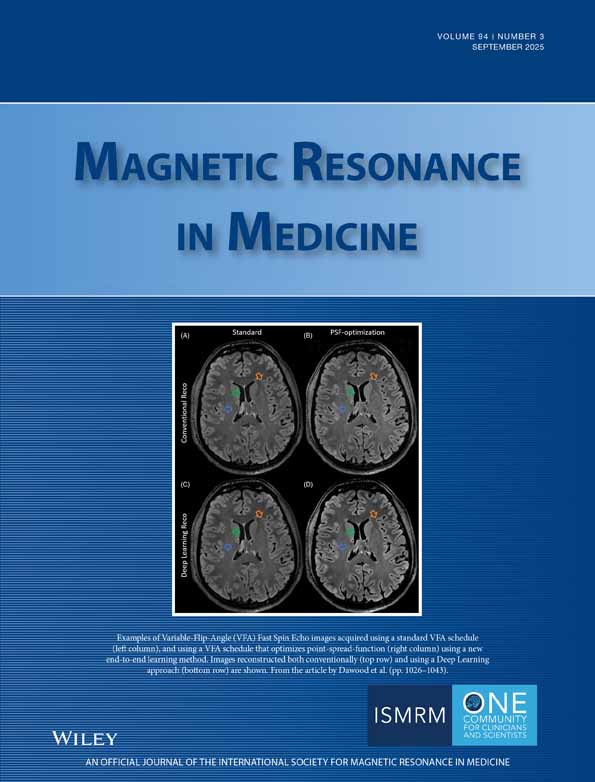Lactate isotopomer analysis by 1H NMR spectroscopy: Consideration of long-range nuclear spin–spin interactions
Abstract
Lactate is a key metabolite and its rates of cellular uptake and release, its production rates from glucose and glycogen, and its interconversion rate with pyruvate are important determinants of cellular energy production. If lactate precursors such as pyruvate and glucose are labeled appropriately with 13C, 1H NMR spectroscopy provides a means of quantifying lactate production from each source and allows measurement of all these rates within a single experiment. However, due to the multiplicities of the resonance lines (from nuclear spin–spin couplings) in lactate 13C isotopomers, the 1H NMR spectra were found to be more complex than expected, requiring determination of all spin–spin interactions in this anion. All such values were determined for lactate and its precursor pyruvate. The method was then applied to simultaneously measure the rates of exogenous lactate uptake and rates of release of glucose-, glycogen-, and pyruvate-derived lactate in the isolated perfused rat heart. Magn Reson Med 51:1279–1282, 2004. © 2004 Wiley-Liss, Inc.




